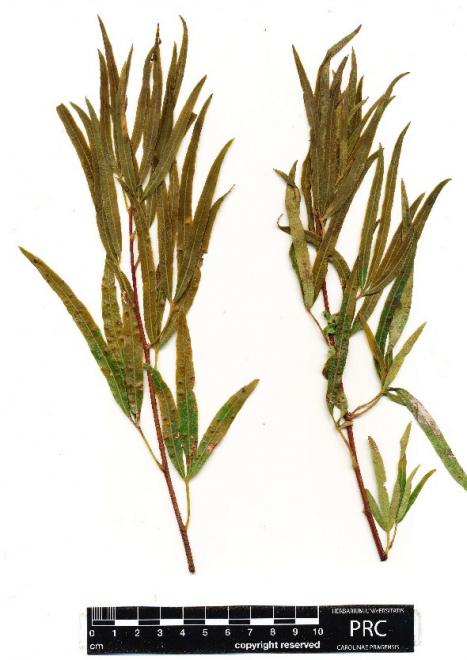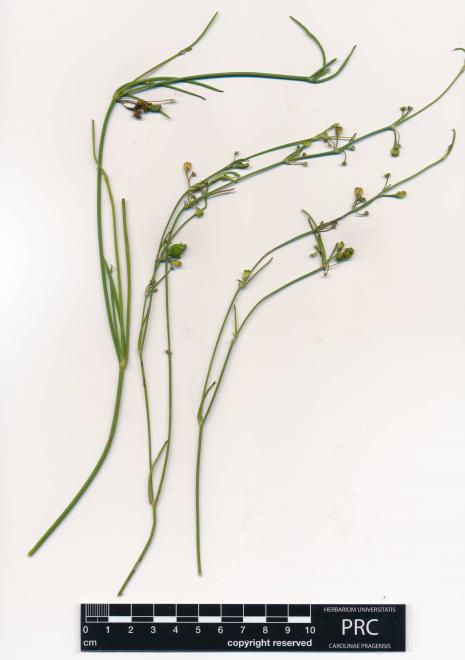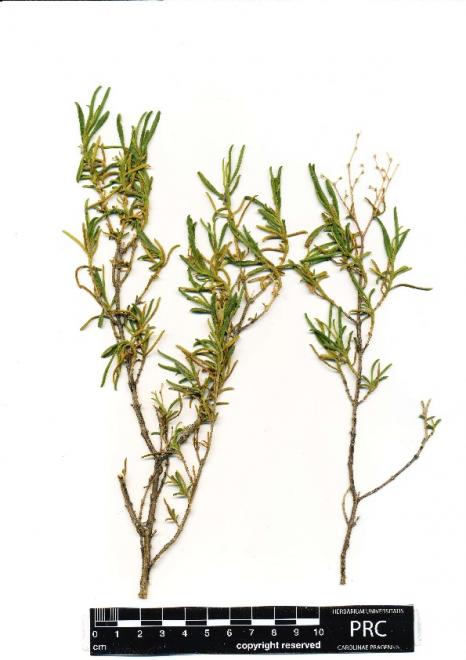Allsopp N., Colville J.F. & Verboom G.A. (2014): Fynbos: Ecology, Evolution, and Conservation of a Megadiverse Region. Oxford University Press, Oxford.
Bailey C.L., Shackleton C.M., Geldenhuys C.J., Moshe D., Flemming G., Vink E.R., Rathogwa N.R. & Cawe S.G. (1999): Guide to and summary of the meta-database pertaining to selected attributes of South African indigenous forests and woodlands. Report ENV-P-C 99027, Division of Water, Environment and Forestry Technology, CSIR, Pretoria.
Born J., Linder H.P. & Desmet P. (2007): The Greater Cape Floristic Region. Journal of Biogeography 34: 147–162.
Doležel J., Greillhuber J. & Suda J. (2007): Estimation of nuclear DNA content in plants using flow cytometry. Nature Protocols 2: 2233–2244.
Goldblatt P. & Manning J.C. (2002): Plant Diversity of the Cape Region of Southern Africa. Annals of the Missouri Botanical Garden 89: 281–302.
Greilhuber J., Doležel J., Lysák M.A. & Bennett M.D. (2005): The origin, evolution and proposed stabilization of the terms ‘genome size’ and ‘C-value’ to describe nuclear DNA contents. Annals of Botany 95: 255–260.
Krejčíková J., Sudová R., Lučanová M., Trávníček P., Urfus T., Vít P., Weiss-Schneeweiss H., Kolano B., Oberlander K., Dreyer L.L. & Suda J. (2013): High ploidy diversity and distinct patterns of cytotype distribution in a widespread species of Oxalis in the Greater Cape Floristic Region. Annals of Botany 111: 641–649.
Linder H.P., Suda J., Weiss-Schneeweiss H., Trávníček P. & Bouchenak-Khelladi Y. (2017): Patterns, causes and consequences of genome size variation in Restionaceae of the Cape flora. Botanical Journal of Linnean Society 183: 515–531.
Low A.B. & Rebelo A.G. (1996): Vegetation of South Africa, Lesotho and Swaziland. Department of Environmental Affairs and Tourism, Pretoria.
Manning J. & Goldblatt P. (2012): Plants of the Greater Cape Floristic Region, 1: The Core Cape Flora. Strelitzia 29. South African National Biodiversity Institute, Pretoria.
Mucina L. & Rutherford (2006): The vegetation of South Africa, Lesotho and Swaziland. Strelitzia 19. South African National Biodiversity Institute, Pretoria.
Myers N., Mittermeier R.A., Mittermeier C.G., da Fonseca G.A.B. & Kent J. (2000): Biodiversity hotspots for conservation priorities. Nature 403: 853–858.
Oberlander K.C., Dreyer L.L., Goldblatt P., Suda J. & Linder P. (2016): Species-rich and polyploid-poor: Insights into the evolutionary role of whole-genome duplication from the Cape flora biodiversity hotspot. American Journal of Botany 103: 1336–1347.
Otto F. (1990): DAPI staining of fixed cells for high-resolution flow cytometry of nuclear DNA. In: Crissman H.A., Darzynkiewicz Z. (eds.): Methods in cell biology, Vol. 33. New York, NY, Academic Press.
Schmickl R., Liston A., Zeisek V., Oberlander K., Weitemier K., Straub S.C.K., Cronn R.C., Dreyer L.L. & Suda J. (2015): Phylogenetic marker development for target enrichment from transcriptome and genome skim data: the pipeline and its application in southern African Oxalis (Oxalidaceae). Molecular Ecology Resources 16: 1124–1135.
Shackleton C.M., Cawe S.G. & Geldenhuys C.J. (1999): Review of the definitions and classifications of South African indigenous forests and woodlands. Report ENV-P-C 99007, Division of Water, Environment and Forestry Technology, CSIR, Pretoria.
Snijman D.A. (2013): Plants of the Greater Cape Floristic Region, 2: The Extra Cape Flora. Strelitzia 30. South African National Biodiversity Institute, Pretoria.
Šmarda P., Bureš P., Horová L., Foggi B. & Rossi G. (2008): Genome size and GC content evolution of Festuca: ancestral expansion and subsequent reduction. Annals of Botany 101: 421–433.



